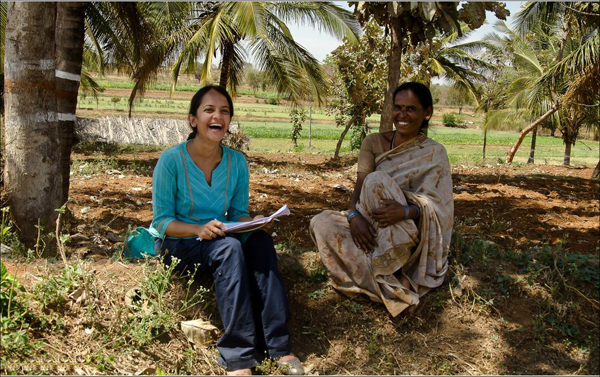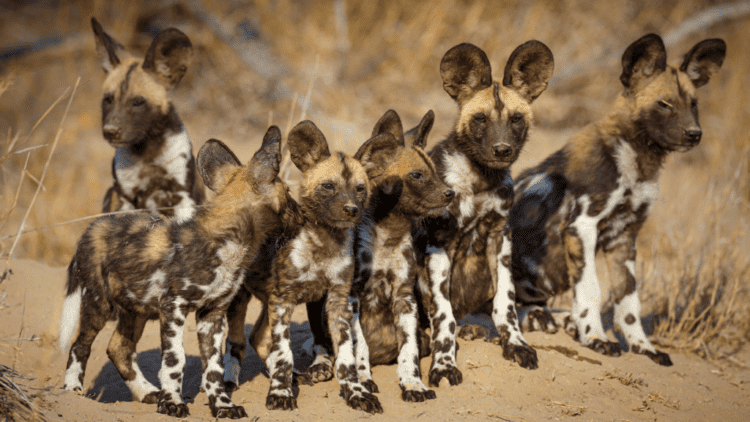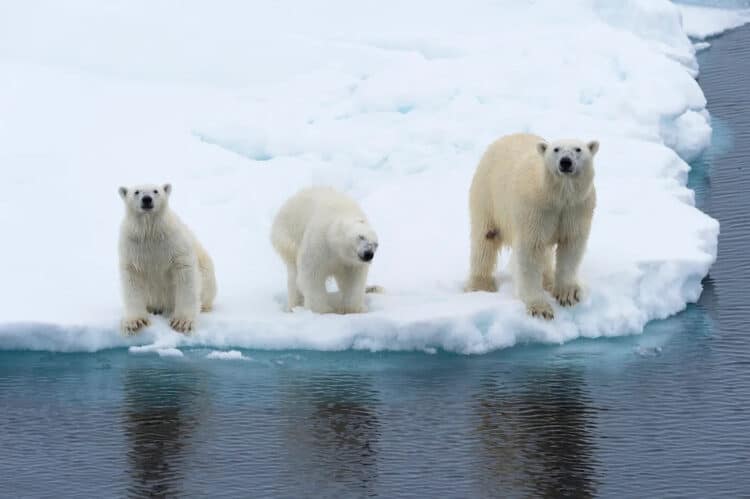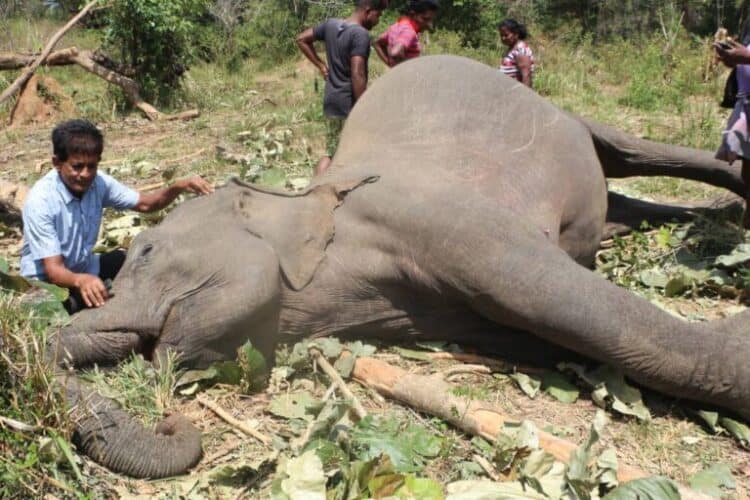Designating protected areas in a country with 1.27 billion people comes with its own consequences: around each protected area in India lies a zone where wildlife strays out, and people stray in. Inevitably, there is contact, and more often than not, conflict.
Human wildlife conflict has been under the lens for a long time. How humans respond to conflict situations varies. On the one hand, Indians are known to be surprisingly tolerant; in some places, people have successfully overcome the problem with well thought out solutions; but in other cases, people retaliate against wildlife. Across this wide spectrum of responses, different factors cause people to behave in a particular manner.



Recently, Krithi Karanth from the Centre for Wildlife Studies (CSW) and Wildlife Conservation Society (WCS), along with other researchers from WCS and University of Oxford, set out to understand the factors that influence people’s behavior. They also looked at something more socially relevant: whether India’s compensation plans for wildlife conflict reach affected people in different regions differently.
“Human wildlife conflict is a serious problem in India, but what is more important to understand is whether appropriate compensation is reaching the people,” says lead author Krithi Karanth.
The researchers decided to work in a large 7500 km2 landscape in and around the Western Ghats mountain range of southern India, housing five different protected areas with tigers, leopards, wild dogs, elephants, gaur (Indian bison), and two deer species – sambar and chital.
“Researchers from our organization, the Wildlife Conservation Society, have been working in this landscape for the last 35 years. We know that a 10 km radius around protected areas is ecologically very sensitive, and we wanted a well designed intensive study to analyze existing conflict patterns, and compare patterns between regions,” said Karanth, who along with her team, interviewed 1,972 households within the 10 km radius belt.
A diverse range of people live in districts sharing boundaries with these protected areas — they are found at different densities (135—443 people/km2), have different literacy rates, and own livestock of varying numbers (97—445 animals/km2). This provided researchers with an interesting diversity of people, livestock and wildlife, allowing them to examine both general factors affecting human-wildlife conflict and factors specific to each site. However, three quarters of the households were agricultural, growing almost fifty different crops with rice grown in about a third of the households.
Questionnaire survey
Karanth and her colleagues, along with a large team of volunteers, collected responses on wildlife conflict including crop raids, livestock deaths and human injury or death during 2011. The team restricted questions to this year so people’s memories of wildlife conflict, and of filing for compensation, were fresh. They also looked at which households reported crop loss and livestock loss to authorities, and whether they received compensation from the government.
More than 60% of the households reported crop loss, with the wild pig being the culprit more than half the time. Tigers and leopards were the main predators of livestock. The scientists found that the closer the household was to the reserves, the more frequently it experienced crop or livestock loss, suggesting that such losses are mostly due to wildlife from the reserves.
The scientists also found that even crops that should not be attractive to wildlife — like coffee and cotton — were raided. The state where the study took place, Karnataka, has very fertile soils and farmers cultivate three crops over a year.
“This means more crops per year, and hence more conflict; the conflict window is basically much larger,” said Karanth.
The little studied and endangered Dhole crossing a village road. Photo by Kalyan Varma.
There was more livestock loss in areas where people took their livestock to graze inside a reserve. Previous studies have shown this to be a common practice in India, and difficult to enforce.
According to the study, affected households take a variety of measures to guard their property from conflict. Family members stay up and watch all night, which has been shown in another study to adversely affect health. They put up fences, use scare devices like loud crackers, or use guard animals to protect their livestock. While the study compared the success rates of the different tactics used, it could not find a significant difference. Again, distance from the reserve was the most important factor affecting crop and livestock loss.
Compensation for losses






To claim compensation for crop or livestock loss, farmers must start by “filing a complaint.” Along with a report, they have to submit evidence of damage, like photographs. Officials are then dispatched to verify the damage. After this procedure, compensation is immediate only when there is human injury or death, but for “less serious” cases, the amount can take up to a year to come through.
“For people living far away from the nearest town, walking a long distance to file a compensation claim is not worth their while, unless the compensation is high enough and immediate,” Krithi Karanth told mongabay.com. “Take the example of Bhadra wildlife sanctuary. People have to walk long distances over mountainous terrain, for about a day to reach the nearest town.” From the survey, the authors got the feeling that the complicated procedures put people off. They end up only reporting losses for “high value” species like elephants and tigers, though there is a lot of crop damage by the wild pig.
“Our results indicated a need to improve the process of filing, verification and processing of claims, but also accommodating transaction costs that people incur during the claims process,” the authors write in the paper.
Using this data, the researchers generated maps regarding crop loss, livestock loss, and compensation access for the 10 km belt around each protected area, giving them a good idea of conflict “hotspots.” Apart from information about conflict, the maps also show stark differences in the reach of compensation measures in different areas. Whether an affected family gets compensated seems to be affected by a whole lot of factors — “whether a human is injured, which animal is causing the loss, whether the household is knowledgeable enough, where they live — it all matters, making it a complicated situation,” explains Karanth.
The study is a one year snapshot, and further studies are needed over longer periods to look at when conflict peaks, according to the researchers. For instance, in the future conflict events during wet and dry seasons should be compared.
“Despite there being a lot of crop and livestock loss due to conflict, not too many different species seem to involved, adds Karanth. “Wild pig and elephant rank first for crop loss, and leopard and tiger for livestock loss. We have specific data for each site. Using the data, mitigation plans that concentrate on particular species in particular areas can be drafted.”
In addition the researchers encourage park and revenue authorities to use the study’s maps to take preventive action in the most vulnerable regions. The scientists also say that human-wildlife conflict success stories from other areas should be adapted in these vulnerable areas. Finally, compensation schemes should extend support to people living in remote areas so they have access to timely compensation measures.
Citation:
Karanth, K., Gopalaswamy, A., Prasad, P., and Dasgupta, S. 2013. Patterns of human–wildlife conflicts and compensation: Insights from Western Ghats protected areas. Biological Conservation (166) 175–185.
This article was written by Sandhya Sekar for Mongabay.com







Leave a Reply